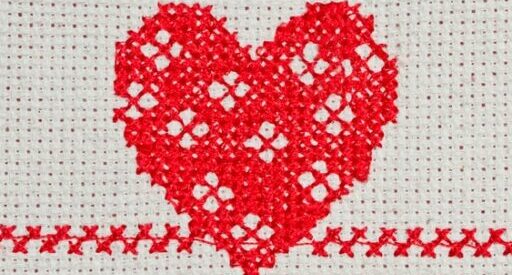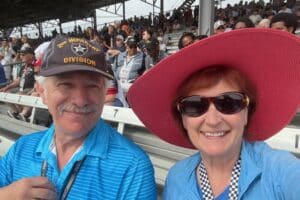Sam Gilliam’s Sewing Fields at IMMA: A Three-Floor Masterpiece
The recent exhibition of Sam Gilliam’s work at the Irish Museum of Modern Art (IMMA) in Dublin has really grabbed the attention of art lovers and critics. Titled Sewing Fields, this show takes over three floors of the House Galleries and digs into a pivotal time in Gilliam’s long, influential career.
With thirty years in the field, I can’t help but get excited about the intricacies of Gilliam’s art and the mark he’s left on the art world. Let’s wander through some highlights from the exhibition, peek at Gilliam’s inventive techniques, and consider the history that shaped his journey.
Table of Contents
Sam Gilliam: A Pioneer in Neo-Avant-Garde Art
Sam Gilliam, born in Mississippi in 1933, made his mark as a major figure in 20th-century art. People know him for his experimental spirit and his contributions to African-American art.
Even while facing systemic discrimination, Gilliam found recognition quickly, showing his work all over the US and beyond. His art appeared in the US pavilion at the Venice Biennale in 1972, and he kept earning acclaim until his passing in 2022.
Early Life and Education
Gilliam grew up as the seventh of eight kids, with a homemaker mom and a carpenter dad. He studied creative arts at the University of Louisville in the 1950s, then spent three years in the US army.
After serving, he headed back to Louisville before moving to Washington, DC, in 1962. He’d call DC home for the rest of his life.
Career Milestones
Gilliam hit several career milestones, like his spot at the Venice Biennale and a major retrospective at the Kunstmuseum Basel in 2018. His drape paintings from the late 1960s stand out in particular.
He broke away from tradition by separating the canvas from its frame, letting the painted fabric hang loose and form sculptural shapes. That move changed the game for abstract art.
Sewing Fields: A Unique Artistic Exploration
Sewing Fields zooms in on a specific chapter in Gilliam’s career—his time at the Ballinglen Arts Foundation in County Mayo, Ireland, in 1993. That residency left a real mark on his work and led to the creation of large, angular fabric panels that anchor the IMMA exhibit.
Residency at Ballinglen Arts Foundation
During his stint in Ireland, Gilliam ran into an unexpected hurdle: aviation rules meant he couldn’t bring his usual petroleum-based paints. So, he pre-stained polypropylene fabric back in Washington and shipped it over.
In Ireland, he teamed up with a local dressmaker to stitch and rework the fabric. The result? A series of bold works that blend sharp geometry and vibrant color.
Artistic Techniques and Innovations
Gilliam’s art from this period pops with color and fresh ideas. His palette in 1993-94 leans into sunset reds, deep purples, and flashes of aquamarine—almost like stained glass, but softer.
The way he stitches the angular fabric panels together feels a bit like making maps, with layered shapes that hint at something post-apocalyptic. It’s experimental, even a little wild, but always thoughtful.
Impact and Legacy
Gilliam’s influence stretches far beyond his technical innovations. He’s often called a master colorist, and you can see why.
His work has inspired generations of artists. The Sewing Fields show at IMMA shines a light on his achievements and reminds us of his place in the story of African-American art.
Exhibition Highlights
The IMMA show gives a broad look at Gilliam’s output, especially his time in Ireland. Visitors get to see everything from his early drape paintings to those vivid, stitched panels made during the Ballinglen residency.
There’s also a real sense of his range—painting, sculpture, textiles—all coming together in one space.
Visitor Experience
The exhibition stretches across three floors, so there’s plenty of room to take it all in. Those big, angular fabric panels fill the space, with their folds and ruffles adding movement and depth.
The colors draw you in, and the details in the stitching keep you looking. It’s the kind of show that rewards a slow walk and a curious eye.
Conclusion
Sam Gilliam’s *Sewing Fields* exhibition at IMMA really shows off his wild creativity. He plays with color, form, and texture in ways that just stick with you.
Honestly, it’s hard not to feel a bit inspired after seeing what he’s done. The exhibition runs until January 25th, 2026, so there’s still plenty of time if you’re curious.
Want to dig deeper? Check out the Irish Times review.

